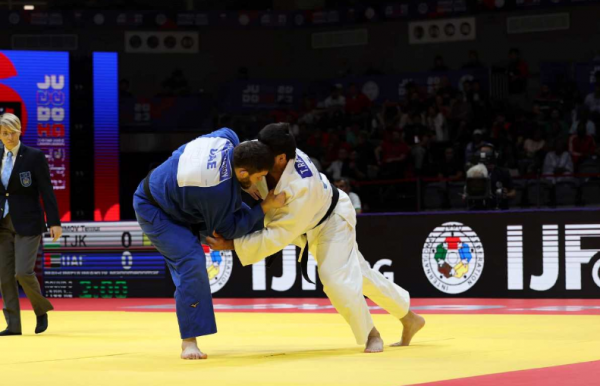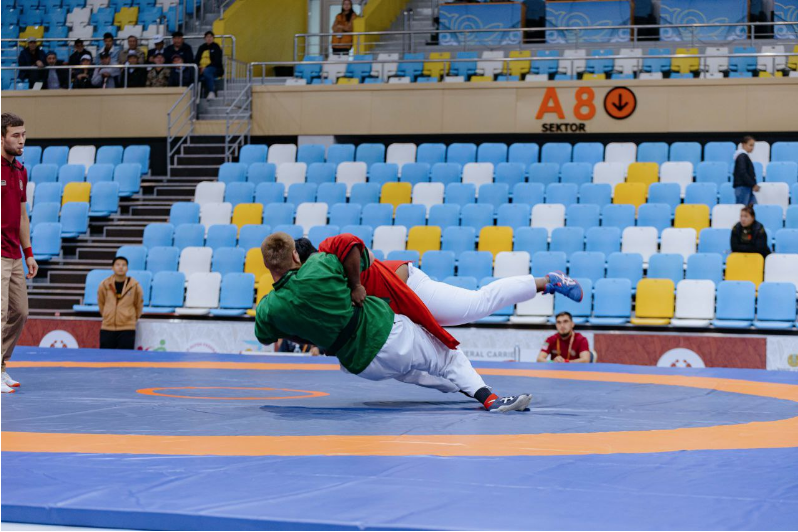Design of gating system for rapid investment casting process
16-май, 14:12 --- 129Mainly through the trial production of rapid investment casting process, including: gating system design; casting simulation pretreatment settings; numerical simulation results analysis; alloy casting trial production. Through the analysis of the trial production results, the qualified castings are obtained by the final improvement. Combined with the existing size error transfer law, the final error compensation verification of the castings before and after the size compensation is carried out.
Because the impeller parts of the diffuser adopt investment casting and gravity casting, gravity casting is a process that uses metal materials to make castings and uses gravity to pour molten metal into the mold cavity to obtain castings. This process has low requirements for equipment and is suitable for large-scale production applications. Considering that the traditional gravity casting has the advantages of low cost and high degree of freedom in part design because of its low mold price and the ability to put sand core. Therefore, according to the requirements of gravity casting process and the characteristics of investment casting, combined with the structural characteristics of SLS rapid prototyping mold, the gating system of investment casting is designed. From the outside to the inside, the gating system of investment casting is mainly divided into the following structures: Gate cup, sprue, transverse sprue, ingate, etc. The cross-sectional area of the ingate can be trapezoidal, square, conical and other shapes as required. The specific location and cross-sectional area of each component of the gating system are designed according to the corresponding formula and the corresponding casting experience.
In gravity casting, the gating system has the function of guiding the alloy liquid and feeding the casting. In the design, the “hot spot circle method”, “equivalent hot spot method”, “simulation method”, “empirical method” and other calculation methods are used to determine the cross-sectional area and gate size of the ingate, and the actual formula is applied to complete the design and calculation of the ingate.
Any investment casting can be simplified as a cylinder casting, and the gating system applied to the cylinder will not have casting defects when applied to the casting, so the simplified cylinder is called equivalent hot spot casting, and the corresponding casting diameter is called equivalent hot spot diameter. Usually, it is scientific to calculate the specific ingate area according to the formula when the mass is less than 1kg.
Where:
Σ a total cross-sectional area of ingate, unit: cm2;
GL – casting quality, unit: kg;
T – pouring time, unit: s;
K – pouring specific speed, unit: kg / (cm2. S), determined by pouring alloy density;
S’ – liquid metal flow coefficient, generally 1 for carbon steel.
The order of determining cross-sectional area is: ingate, runner, sprue, sprue cup. Because the pouring alloy of the part is 304 stainless steel, the pouring system is closed, and the principle of each cross-sectional area is ∑ a inner < Σ a transverse < Σ a straight < Σ a cup. For small and medium castings, the cross-sectional area of each unit meets ∑ a inner: ∑ a transverse: ∑ a straight = 1:1.1:1.15. The density of the diffuser 304 alloy casting is 7.93g/cm3, according to the volume of the casting is 2023.32cm3, the contour volume of the casting is 9880.04cm3, and the mass of the casting is 16.0449kg.
The pouring time is calculated by the formula.
Where
C – coefficient, determined by relative density;
𝑉 C – contour volume of casting, unit: cm3.
The results show that the phase ratio is 1.6 × 10-3kg / cm3, the corresponding coefficient C is 0.8, the pouring speed K is 0.6, and the pouring time t is 3.204s.
According to the formula:
In the initial gating system design, 8 ingates were adopted, so the value of ∑ a inner = 12cm2, then the cross-sectional area of each ingate a inner = 1.5cm2, and the flat ingate was used for the design. The corresponding ingate ∑ a transverse = 13.2cm2, and ∑ a straight = 13.8cm2. Usually, the design of gating system first needs to determine the position of ingate. The selection of the position is related to whether the alloy liquid is filled smoothly in the mold filling process, preventing the defects of shrinkage porosity and oxidation slag inclusion caused by entrapment, etc., at the same time, whether it has a certain role of precipitating slag in the mold filling, and then whether the gating system can realize the full filling of castings in the solidification stage The last is whether the gating system is convenient to cut off. Considering that the upper part of the diffuser casting is evenly distributed with 8 blades, in order to ensure that the blades can be fully poured, the bottom pouring method is adopted. At the same time, in order to make the side blades can be fully filled, the corresponding transverse runner is specially designed at the top to facilitate the blade exhaust and feeding during the pouring process. The specific designed pouring system is shown in the figure.










